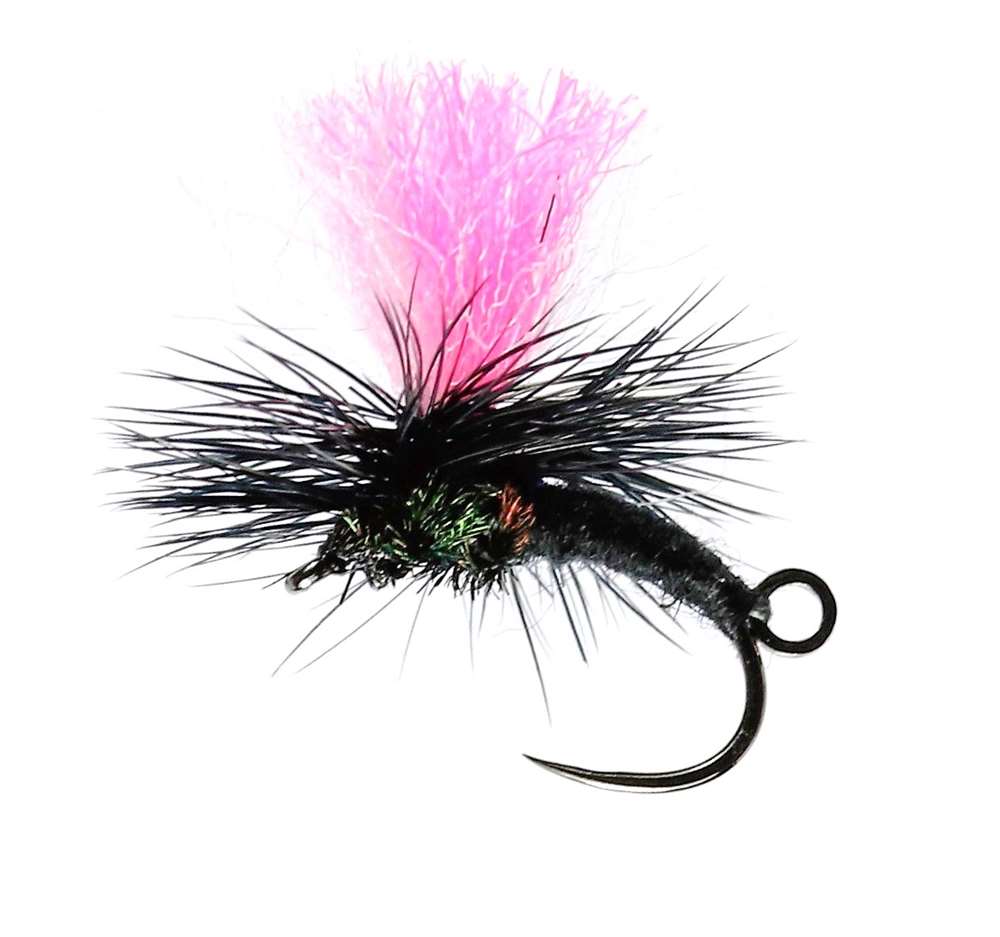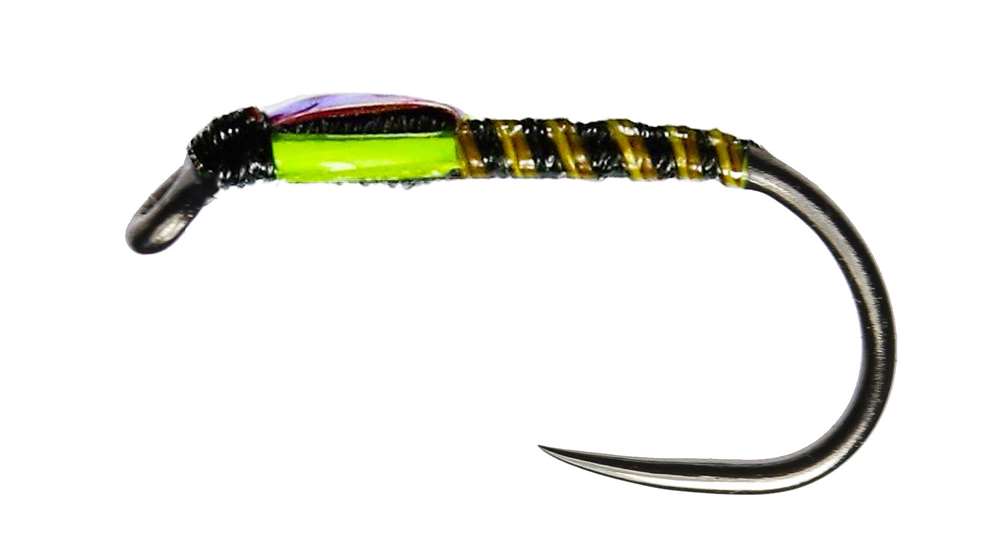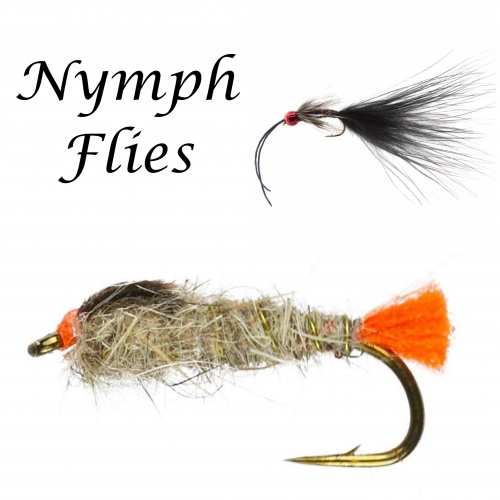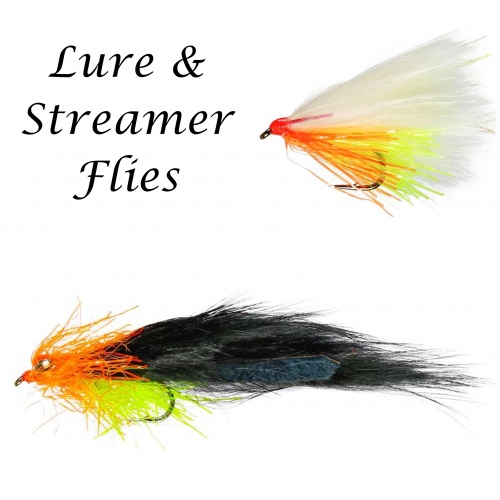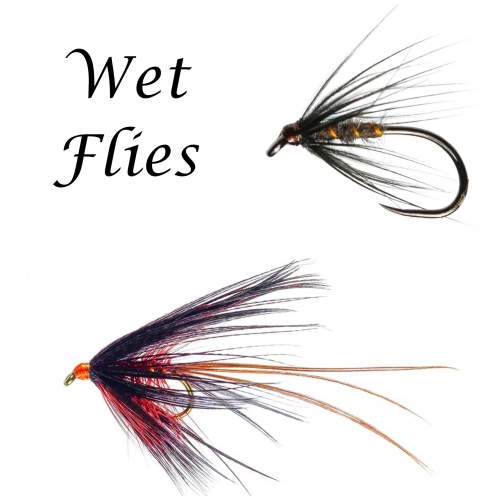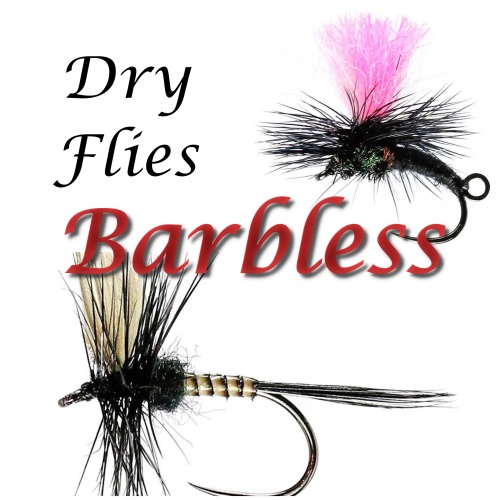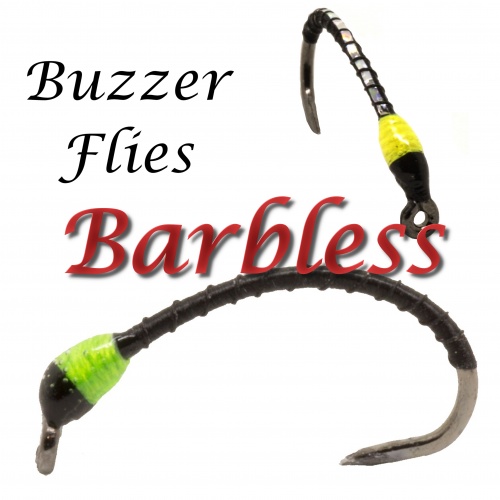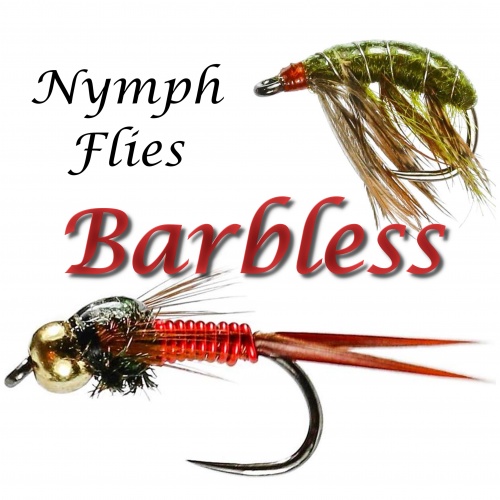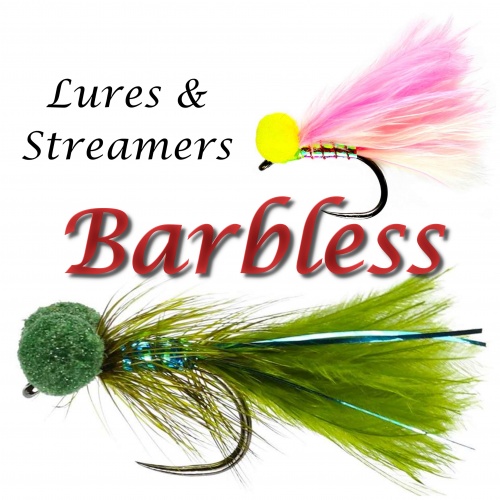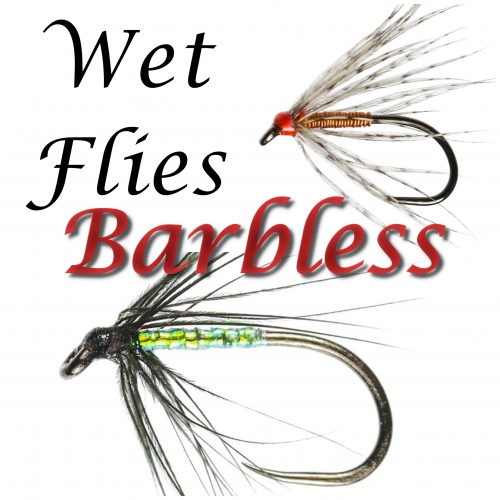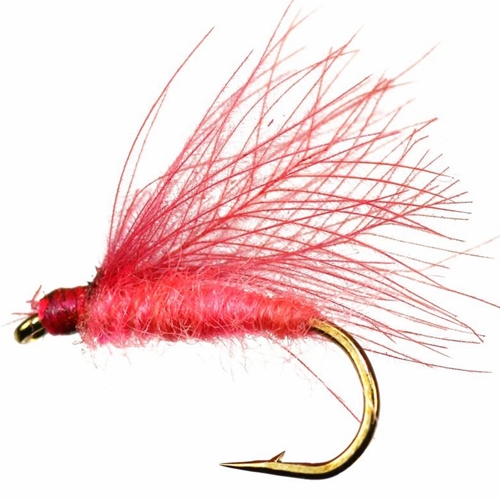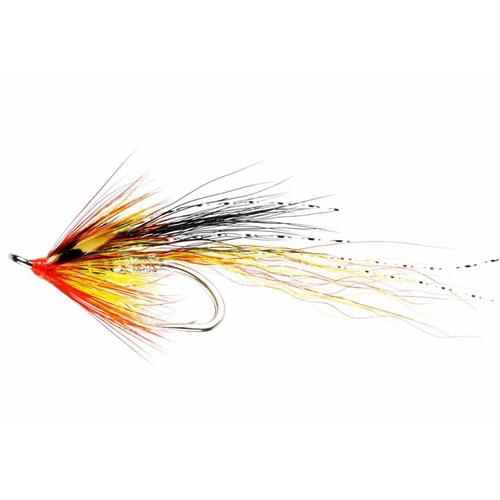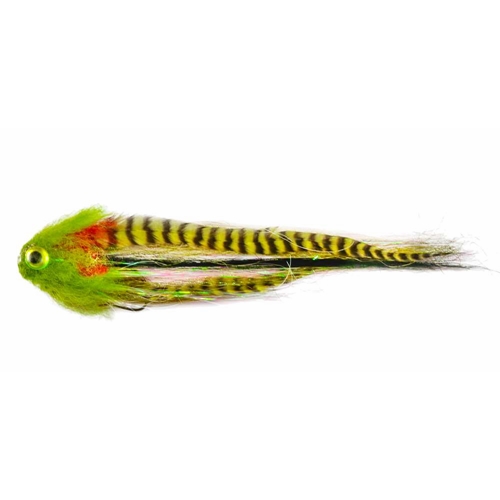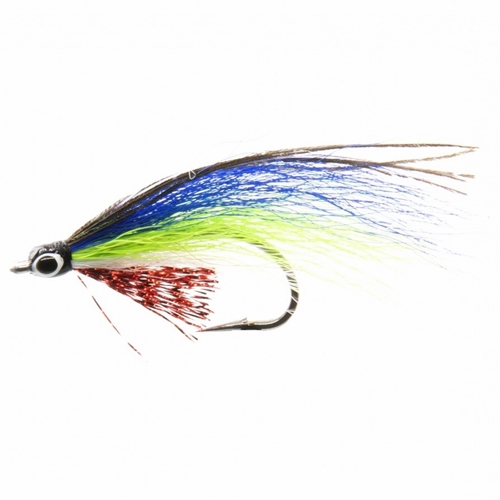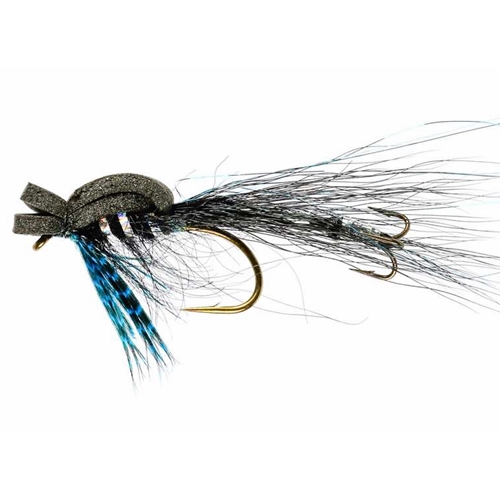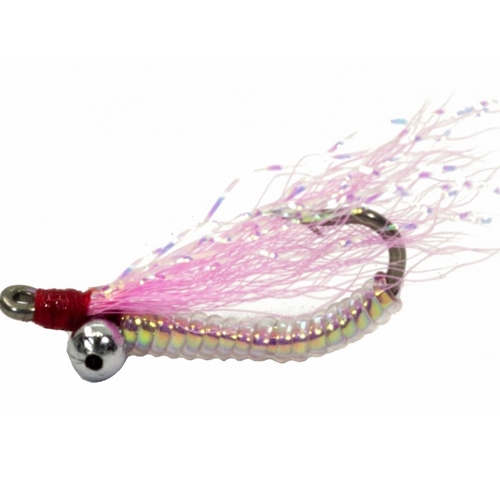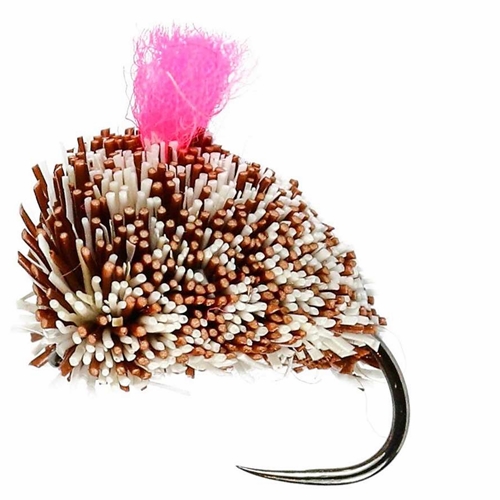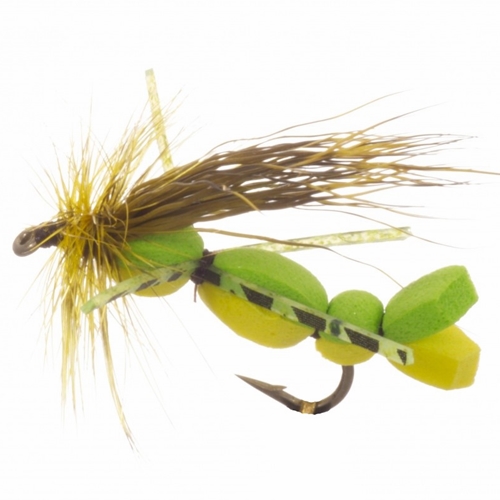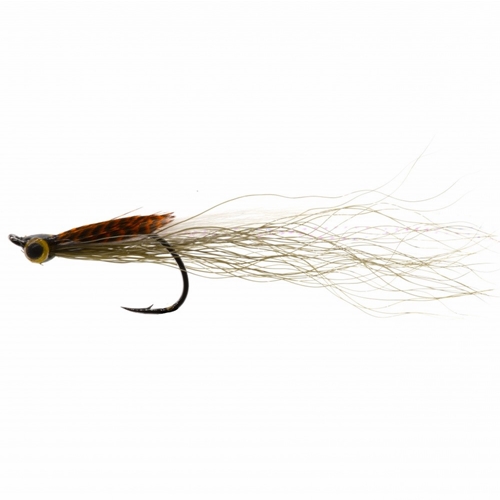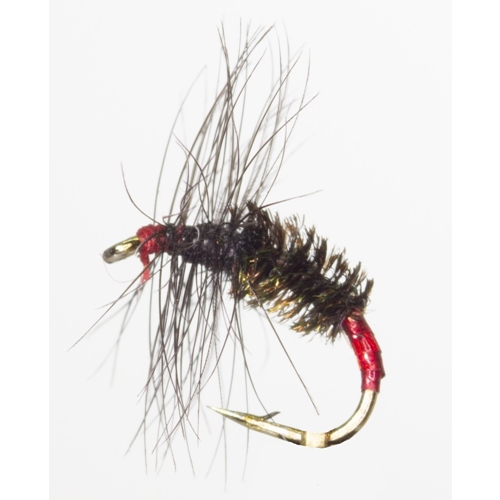 When fly fishing and reading a river or stream, look for large exposed rocks or submerged logs and you'll probably spot an eddy. On a lake, look for eddies near the mouths of rivers that feed its waters, along shorelines with rocks and debris where a consistent long-shore drift is prominent, and on days when winds are high and shorelines are subjected to stronger currents.
When fly fishing and reading a river or stream, look for large exposed rocks or submerged logs and you'll probably spot an eddy. On a lake, look for eddies near the mouths of rivers that feed its waters, along shorelines with rocks and debris where a consistent long-shore drift is prominent, and on days when winds are high and shorelines are subjected to stronger currents.
Once you have identified an eddy as a potential fishing target area, your approach becomes very important. Because eddies tend to have moving water, anglers are often inclined to approach very closely. However, because eddys also tend to be shallow and clear, a clumsy angler can scare a fish in a moment. So, stalking is a practice every great fly angler will employ regardless of the water being cast to. But when you approach an eddy please remember that caution and stealth are paramount to success.
As we said before, these blogs will touch on basic, and more detailed information on a range of subjects useful in fly fishing, and if you search through earlier blogs you will be able to read about the characteristics of water in a little more detail.

